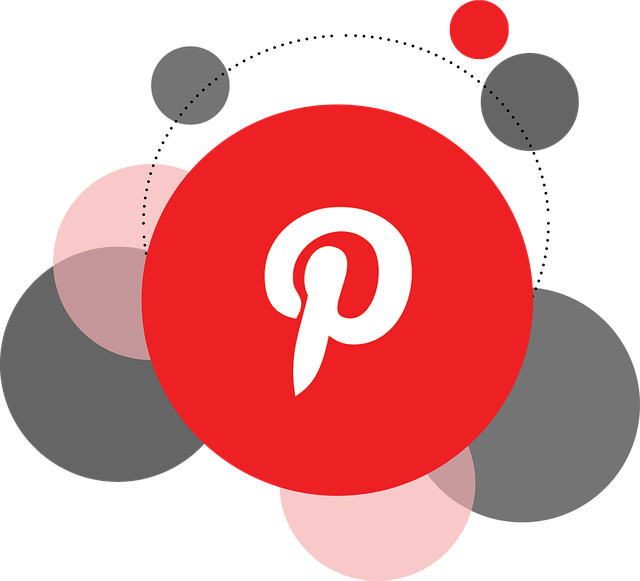How to use Pinterest for Blogging and Get More Traffic
Pinterest is not just a platform for finding creative ideas and inspiration; it can also be a powerful tool for driving traffic to your blog. With its visually appealing content and engaged user base, Pinterest presents a unique opportunity for bloggers to reach a wider audience and increase website traffic. In this article, we will explore effective strategies and techniques on how to use Pinterest for blogging and maximize your traffic potential.
Create a Business Account:
To leverage the full potential of Pinterest for blogging, it's crucial to create a business account. A business account provides access to valuable analytics, allows you to promote your content, and provides additional features specifically designed for businesses and bloggers.
Optimize Your Profile and Boards:
Start by optimizing your Pinterest profile and boards to attract your target audience. Use a clear and concise profile description that highlights your blog's niche and what readers can expect from your content. Organize your boards into relevant categories and use keywords in board titles and descriptions to improve discoverability.
Pin Engaging and High-Quality Visuals:
Pinterest is all about eye-catching visuals, so focus on creating and sharing high-quality, attention-grabbing images. Vertical images with a 2:3 aspect ratio tend to perform best. Incorporate compelling text overlays that provide context and encourage users to click through to your blog.
Keyword Research and Optimization:
Keyword research is essential for Pinterest SEO. Identify popular keywords and phrases related to your blog niche and incorporate them into your pin titles, descriptions, and board names. This will improve your visibility in Pinterest's search results and increase the chances of your pins being discovered by users searching for relevant content.
Pin Consistently and Strategically:
Consistency is key on Pinterest. Pin regularly and maintain an active presence to stay on top of users' feeds. Create a pinning schedule that suits your audience and engages them during peak times. Consider using a scheduling tool to streamline your pinning process and ensure a steady flow of content.
Join Group Boards and Collaborate:
Group boards are an excellent way to expand your reach on Pinterest. Find and join relevant group boards in your niche where you can share your pins with a wider audience. Collaborate with other bloggers and content creators to cross-promote each other's content and tap into their followers.
Utilize Rich Pins:
Rich pins provide additional information directly on the pin itself, making them more informative and engaging. There are several types of rich pins available, including article pins specifically designed for blog content. Implementing rich pins can enhance the user experience and increase click-through rates to your blog.
Engage with the Pinterest Community:
Pinterest is a social platform, so actively engage with the community to build relationships and expand your network. Follow and interact with other bloggers, influencers, and users in your niche. Repin and share valuable content from others, and respond to comments and messages promptly.
Analyze and Optimize Your Results:
Regularly monitor your Pinterest analytics to gain insights into which pins and boards are performing well. Identify trends, popular topics, and content formats that resonate with your audience. Use this information to refine your pinning strategy and optimize your future content for maximum impact.
Conclusion:
By harnessing the power of Pinterest, bloggers can attract a larger audience, increase website traffic, and grow their online presence. Implement the strategies outlined in this article, adapt them to your blogging niche, and watch as Pinterest becomes a valuable asset in your traffic generation arsenal. Remember to stay consistent, experiment, and engage with the Pinterest community to make the most out of this vibrant platform.



0 Comments